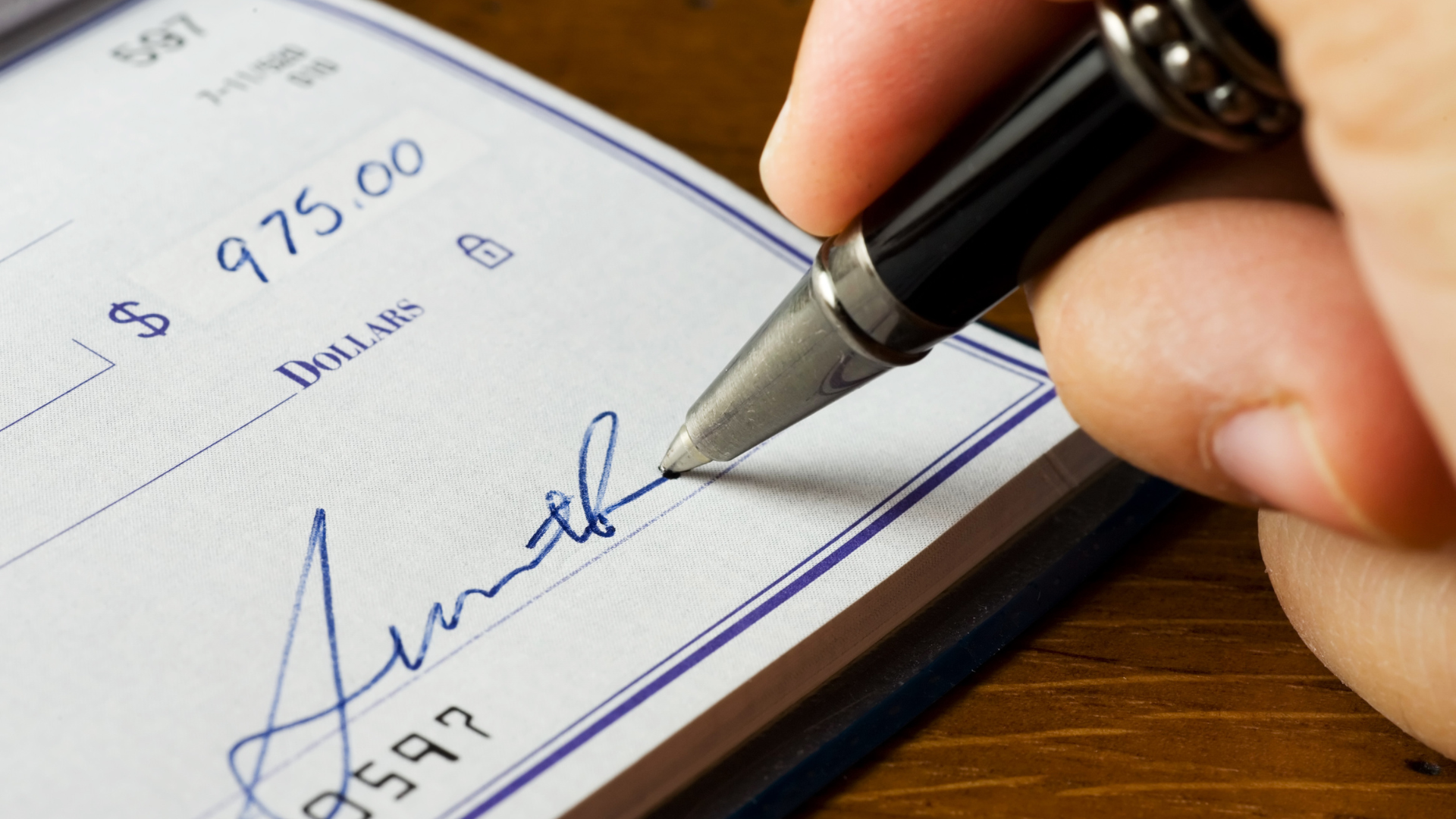Well here I am revisiting my payment habits once again, and looking back at the opinions I expressed in the recent past.
In early 2017, I reviewed an e-wallet called Satispay whose adoption rate was growing in Northern Italy, but whose use among the people I knew was still marginal. This was possibly due to a fairly burdensome payment process, with a resulting user experience far from convenient for the payer, compared to using a card or even cash. Apparently I was not alone: here’s a 2017 payments blog post placing Digital Wallets right in the middle of the so-called trough of disillusionment, described as “the toughest phase for a technology to be in, where only a small fraction of the market have adopted the technology (the early adopters), implementations don’t meet the mark, and many makers tumble and fall”. My post concluded by noting that only three of my phone contacts were enrolled in Satispay at the time of writing, making it virtually useless as a peer-to-peer payments (or reimbursement) method.
Today I have almost one hundred. True that my contacts list has inflated in the meantime, but the app users list growth rate has been truly impressive. What has changed in the meantime?
First of all, Satispay is now literally everywhere, where I live. It’s easier to find a store where you can use it than a store where you cannot; and many of these offer promotions which give you 5, 10, even 15% cashback, which becomes attractive once you enter the habit of using the app.
Second point, the efforts to make it a bit more convenient to use: on most phones you can use touch ID instead of entering your PIN, many stores display a QR code next to the cash desk, which you can zap to link the app to the store, vs. looking the store up in the app itself. You still need to enter the amount manually though, and I’m not sure there will ever be a shortcut for that.
Third, and most important, you can now use the app for a bunch of things. You can top-up a phone account, pay a postal bill (bollettino postale) with a lower commission than a post office and no need to stand in line, you can tackle your road tax and other taxes in no time, and, more and more, you can even use Satispay online. And as the community grows, it becomes increasingly easier to use the app instead of cash (or check) when you need to transfer small amounts of money C2C. So well beyond working as a payments app you use in stores, it has become a kind of mini-payments hub, more convenient than other methods when handling specific types of payments and operations. My congrats to the startup’s team – guess they have proven me wrong, and it’s a good thing.
In a mid-2019 blog post, instead, I applauded to the convenience of the contactless card – going as far as calling it “the end game”, i.e. the most convenient method for everyday payments, period – as long as you decided to keep paying power off your mobile device – which I had labelled as a potentially critical single point of failure.
And what if you decide to tear down that fence? Then the convenience of your “tap & pay” process can go straight to your phone – just load your card in ApplePay or an equivalent, and you will start tapping your phone instead of your card. With promotions and cashbacks linked to specific cards, putting the card on a payment app is a very straightforward way to virtually duplicate the card and let various family members grab those benefits.
So today, eventually, I do pay with my smartphone quite often, whether the payment is linked to my bank account (as Satispay is) or to a card; and I do see people around me increasingly doing the same, although I won’t go as far as predicting the disappearance of cards or cash as some commentators do, when even the “old” paper check is surviving well beyond expectations.
I’d be curious to learn about others’ experience and the feelings they generate. For example, I know WeChat pay and AliPay are already universal in China, but I’m sure that in other economies such as Europe or the Americas there’s a competition in progress between innovation and tradition, and it’s interesting not only to follow general trends, but also to capture individual user perspectives.
Francesco Grasso
Director of Marketing - Panini




